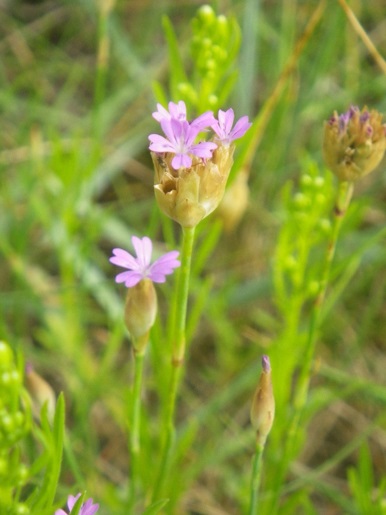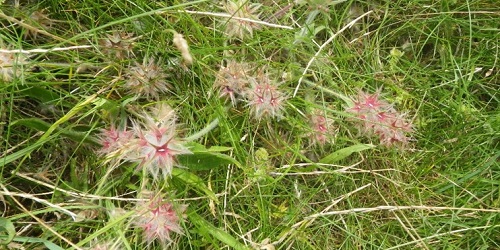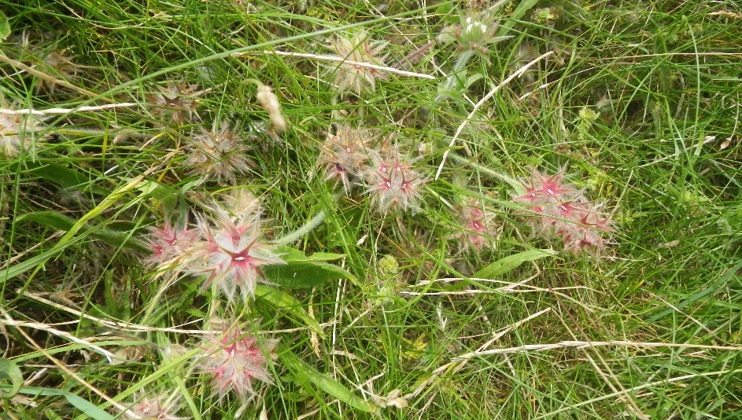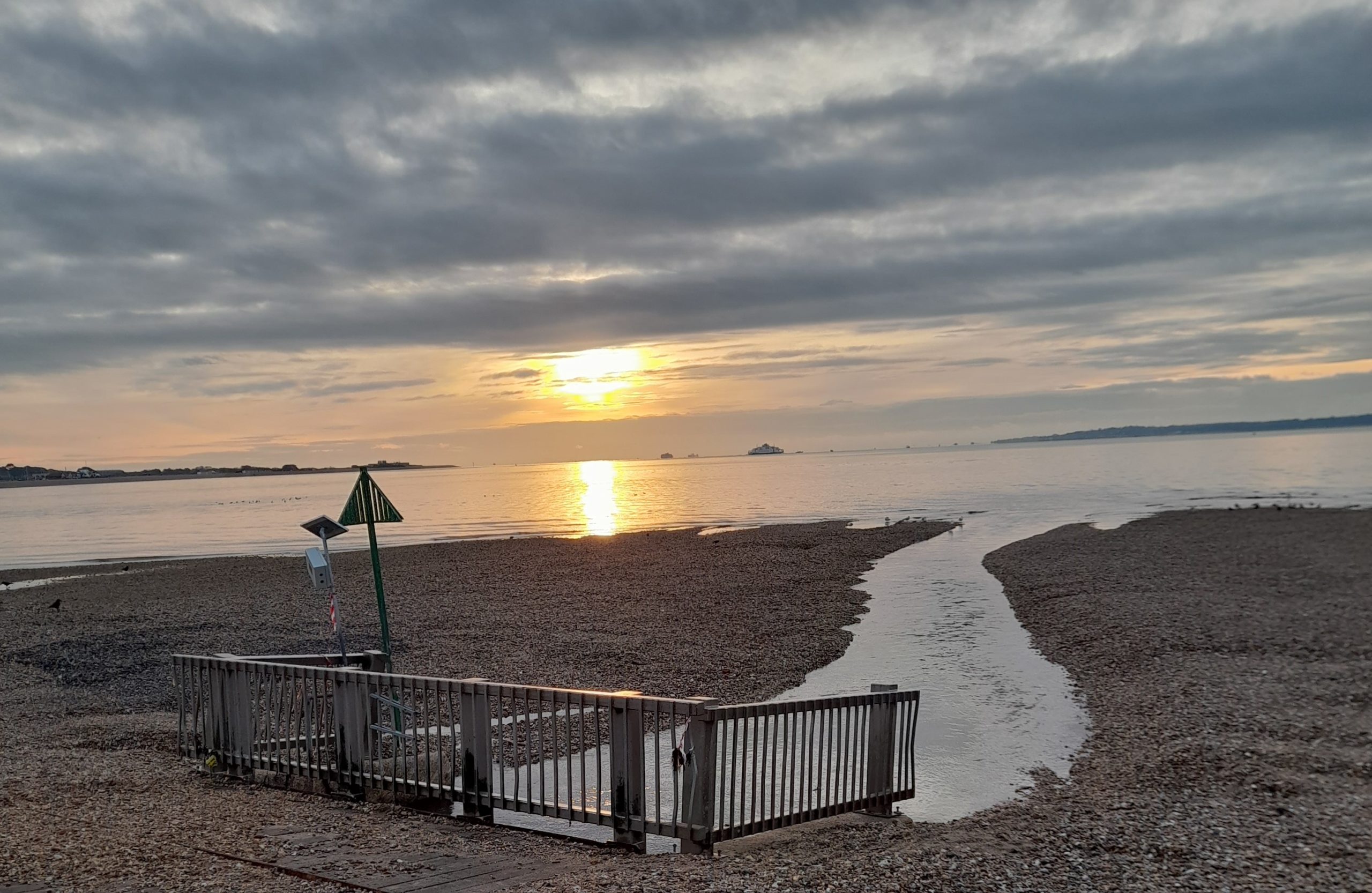In the penultimate part of a series looking at specific elements of our efforts to mitigate the environmental impact of our work on the Shoreham Adur Tidal Walls Flood Defence Scheme, we focus on the protection of rare plants.
Background to scheme
The Shoreham Adur Tidal Walls scheme is being carried out by Mackley working as part of Team Van Oord and on behalf of the Environment Agency, Coast to Capital Local Enterprise Partnership, Adur District Council and West Sussex County Council.
Once completed, the £31m project will significantly reduce flood risk to more than 2,300 properties in Shoreham and East Lancing, as well as protecting important local infrastructure including roads, the railway line and Shoreham Airport.
Working with the Environment Agency, Mott MacDonald and CH2M, we are committed to building the scheme efficiently and at the same time minimising the impact on the local wildlife. We are doing this by making sure our work does not impact any legally protected species, by monitoring for wildlife and creating habitats through landscaping.
In part one of this series, we looked at how we moved reptiles including common lizards, slow worms and grass snakes from some areas where work is being carried out to a specially created site on Mill Hill Nature Reserve.
Part two focussed on the protection of reptiles through sensitive vegetation management.
Part three switched the attention from reptiles to birds.
 Part four – the protection of rare plants
Part four – the protection of rare plants
Shoreham is home to a number of rare plants which may be impacted by the scheme. One of these is Childing Pink, a native annual plant which grows on thinly vegetated stable shingle. Childing Pink is very rare nationally and only known to exist at two sites in Sussex (Shoreham-by-Sea and Pagham Harbour).
At Shoreham, the main colony is protected within a nature reserve which will not be affected by the scheme. However, in areas where the plant has spread beyond the reserve, there is the risk of disturbance by the construction works. As the plants are annual, we can move the shingle containing Childing Pink seed and place it on suitable ground where the plants will be able to germinate.
Representatives from the project team have met with the Friends of Shoreham Beach to discuss the mitigation plan. This involves removing the dense vegetation within the nature reserve which has suppressed the growth of the plant, and creating an area of bare shingle onto which seed containing material can be re-located. This should give the plant sufficient space to thrive once we have left site.
Another plant is Starry Clover, which is only known to exist in Britain at Shoreham, where it was first discovered in 1804. The red coloured sepals (protective outer parts of the flower) give the plant its name.
Starry Clover occurs on various banks around Shoreham Fort, although being an annual its location can vary from year to year. The areas it occurs in will be fenced off outside the works area, to provide protection.
Next edition – protection of wider landscape
In the final part of this series we will look at measures being taken to protect the wider landscape at the Shoreham site. This will be published week commencing 28 August.
15 August 2017




